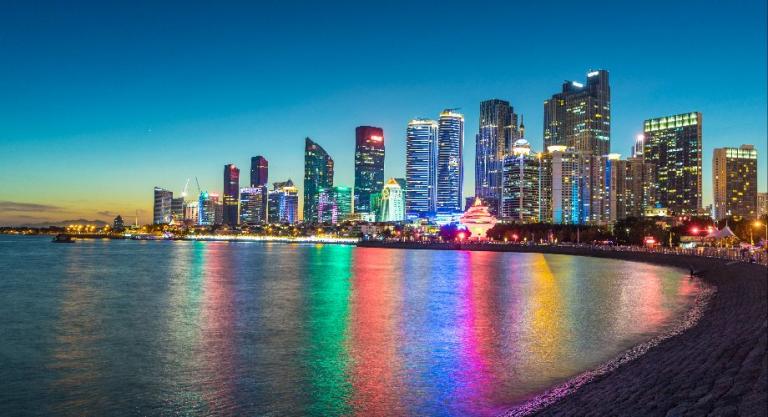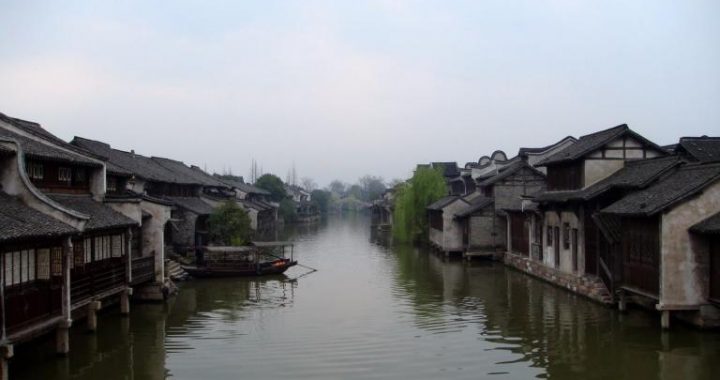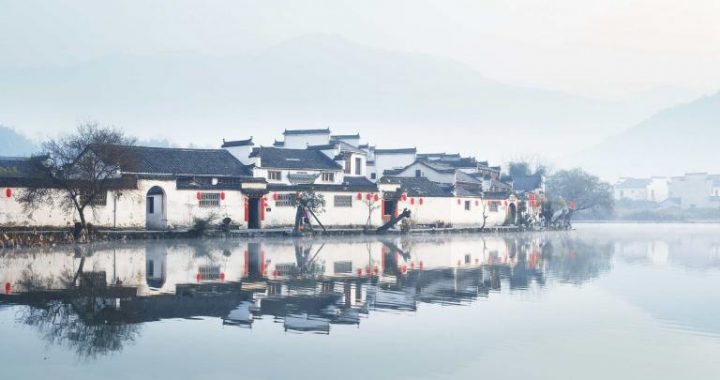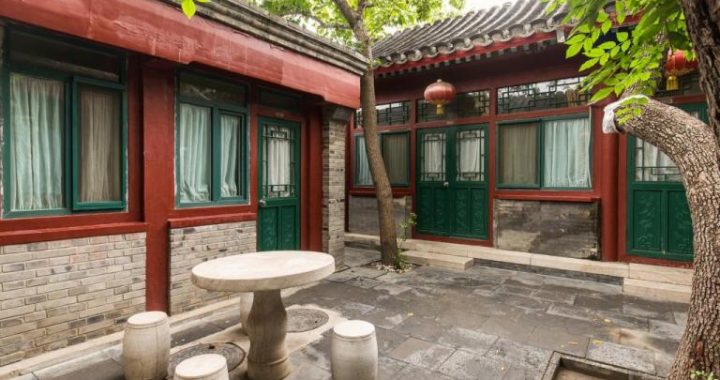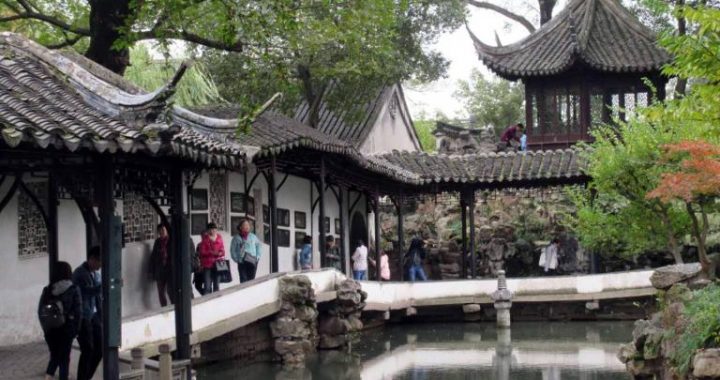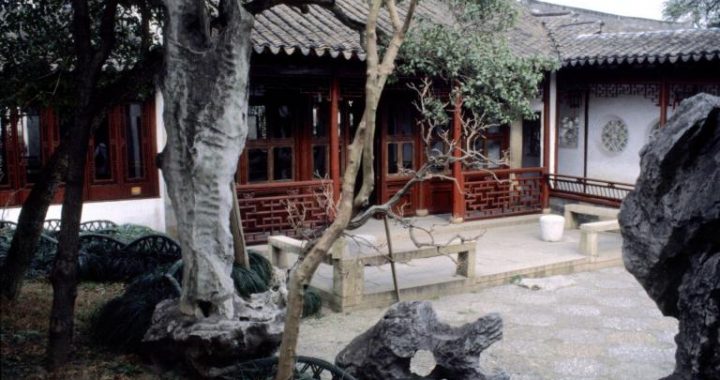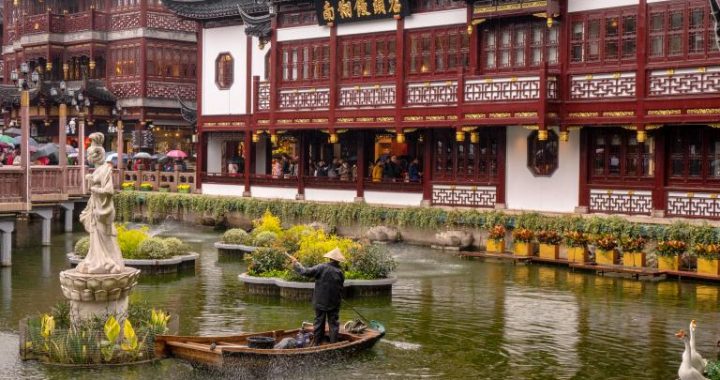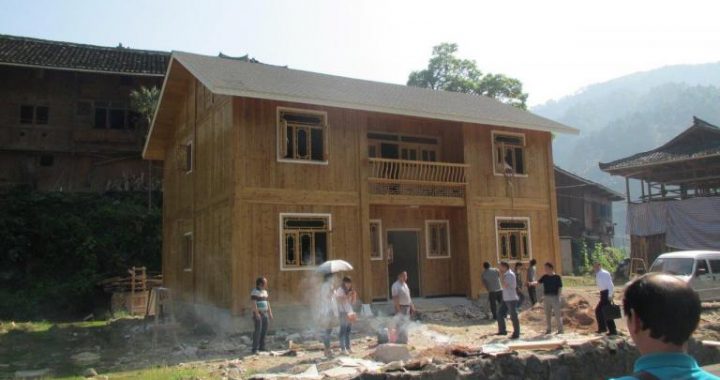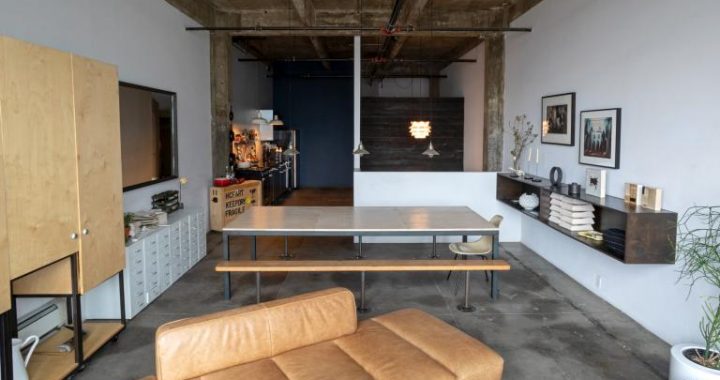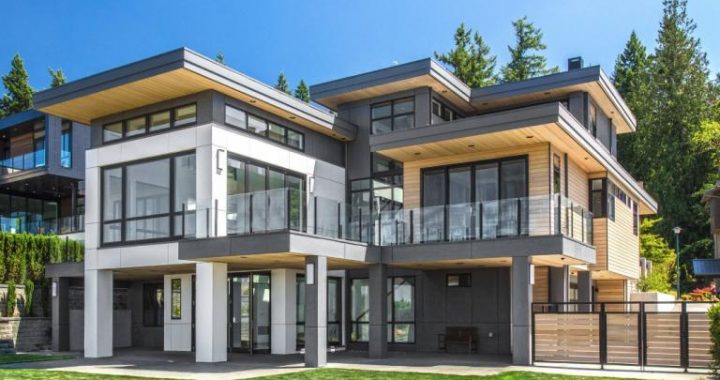Qingdao
3 min readQingdao began to thrive as a city during the modern times.During the itial 20 to 30 years of its development,it was reduced to a colony under German rule and then Japanese rule subsequently,before it was finally taken back by the Chinese government.
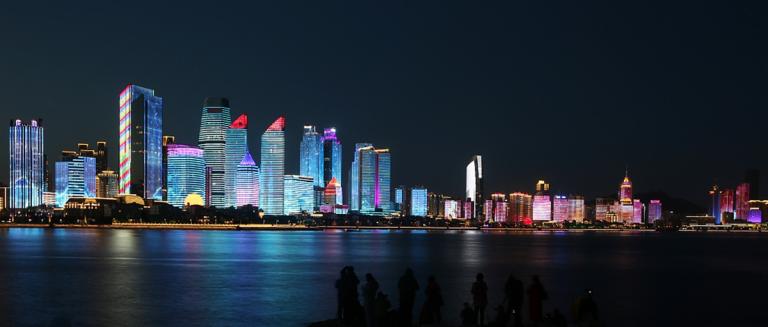
The basic layout of Qingdao as a modern city was mapped out by the German colonial government in 1900, and was clearly influenced by then popular European urban city planning concepts of “zonal city”and “garden-style residence.”Taking into consideration the topography of the island city, the colonial government devised networks of roads and buildings according tothe make-up of the natural coastal lines and mountainous terrain to advocate the picturesque, lively and carefree styles of city-planning in medieval European cities.
Although the Germans ruled Qingdao for less than 20 years, they left behind a great legacy of German-style architectural buildings.
The city center of the Qingdao region, with a central axis measuring about 200 meters, was located on the foot of the southern slope of the Guanhaishan Hill. Located on the northern end of the city center was the Governor’s Office while the Joeskee Memorial Tower could be found on the sea bay located on the southern end. Surrounding the city center were landmark buildings such as the Jiao’ ao Court of Law(1912), the British Consulate(1907), the Hotel Wirtshaus Fur Katz and the Hotel Prinz Heinrich(1911).
At the same time, there were also buildings based on the new Renaissance architectural styles of Germany, including the Qingdao Railway Station (1902), Jiao’ ao Police Station(1905), Jiao’ ao Post Office(1910) and the Deutsch-Asiatische Bank(1906). The”Red House”bore the style of the New Arts Movement while the Beach Hotel (1904) with its bare wooden framework and the Marine Club(1899) were also important landmarks in Qingdao.

Built in 1906, the German governorgeneral’s office was the grandest building of that era, possessing specific baroque-style elements as well as French Windsor-style rooftops. On the other hand, the Governor’s Residence(1908) and the Governor’s Villa(as known as the Granite Mansion,1906) were built in styles quite different from German architecture of the same period, with their granite facades and complicated layouts of overlapping rooftops.
Architectural buildings which had the greatest impact on the overall look of Qingdao could be attributed to the stand-alone mansions built during the German rule. The prevalent school of thought in Europe then was architecturaldesign inspired by the Art Deco movement, which resulted in the popularity of garden-style residences. On top of the preference for garden-style residences, the mansions also reflected the individual owners’ tastes, leading to the proliferation of mansions with half-timber structures, colonial-style mansions, neoclassic structures and Gothic-style residences. Mansions built in the area of Badaguan were most representative of the myriad of styles employed during that period. More than a hundred residential mansions from that era can still be found in the area of Badaguan, the Taiping Cape, the Huiquan Bay and the South Coast. These houses stand apart, and yet seem to congregate at the same time, dotting the undulating, hilly terrain and forming a breathtakingportrait of red tiles, yellow walls, green trees and mountains, blue sea and azure sky.
Buildings of the period of Japanese occupation mainly imitated the style of buildings constructed during the German rule of Qingdao, and only several neoclassic buildings such as the Yokohama Specie Bank and Mitsui Bussan Kaisha had high quality. Therefore, though a lot of buildings were constructed in this period, they had little influence.
